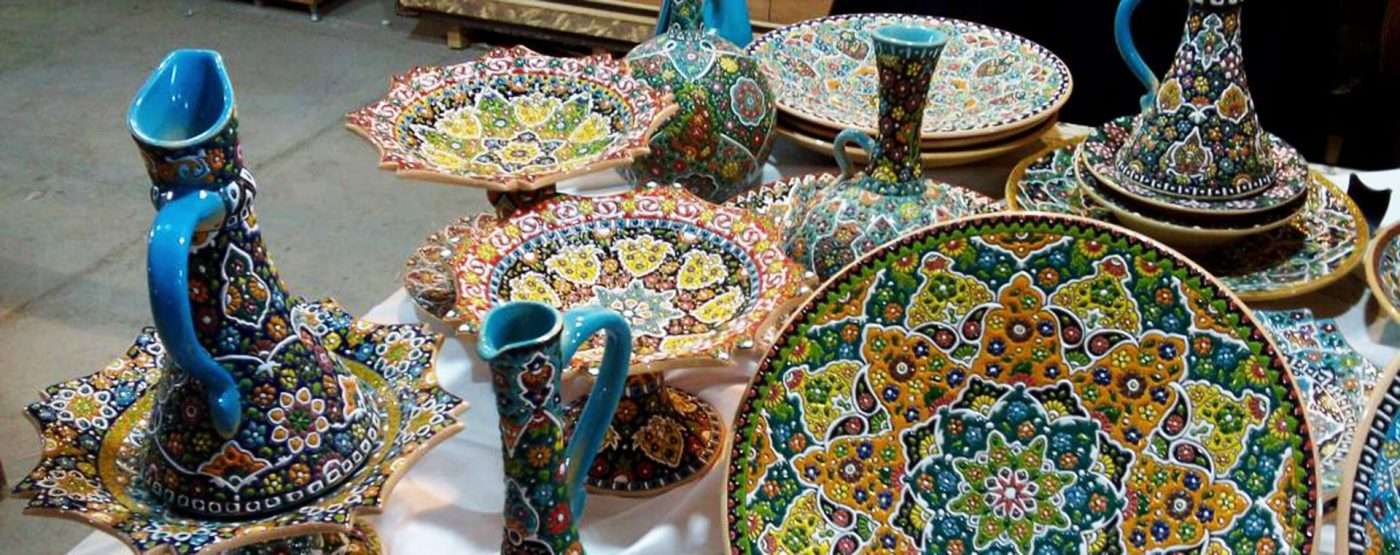
Persian Pottery and Ceramics
Persian Pottery and Ceramics
Pottery is one of the first and most important inventions of mankind. Through studying the potteries archaeologists elicit social and economic information about different historical periods. The potteries found in different countries provide us with comparative information about the lives, history, religions, social relations, and attitudes of people who have lived many centuries ago. Persian ceramics, Persian pottery
The history of Persian pottery goes back to 7,000 BC. Considering the special location of Iran which was the intersection of ancient civilizations and the passing way of important caravans, Persian potters have been responding to demands and changes brought by travelers, refining new forms, and blending them with their own culture. This innovative attitude has survived through time and influenced many other cultures around the world.
Archeologists look for potteries all over this vast land but recent excavations show that there are four major pottery-producing zones in the plateau of Iran. The first one is Lorestan in the west of the Zagros Mountains. The second is the southern lands of the Caspian Sea which includes the Golestan and Mazandaran provinces. These two zones are the precursors of making pottery. The third is Azerbaijan which located in the northwest of Iran and the fourth is Sistan and Kerman region in the southwest of Iran. Desert areas where 8,000-year-old potteries have been discovered can also be added to these parts. Persian ceramics, Persian pottery
Persian Pottery Since 6000 BC
- Artifacts found in “Dareh Ganj” and also in “Kamarband” and “Hutu” caves prove that the history of pottery in this country dates back to at least 6000 BC.
- The manifestation of the furnace in 6000 BC shows a great change in pottery art.
- The pottery industry seems to be formed approximately in 4700 BC.
- The potter’s wheel seems to increase the speed of pottery making and facilitate the process about 4000 BC.
- About 3000 years ago simple pottery furnaces are found which has an entrance and an exit for the air. There were places made in order to put the earthware inside of them. A place that looked like a hole in the ground.
- Among the characteristics, we can mention the distinctive designs about nature and pure imagination.
- From the first years of 1500 BC due to the spread of metalwork, it became less popular.
- But from the first years of 1000 BC, you can see the most amazing ceramics found in the city Susa. At this period you can also see the start of enameling on the pottery.
